Emergency
medical
services
background
2000 - Firefighter
2002 - Ambulance Driver
2003 - Emergency Medical Technician - Basic
2007 - Emergency Medical Technician - Intermediate
2008 - Emergency Medical Technician - Paramedic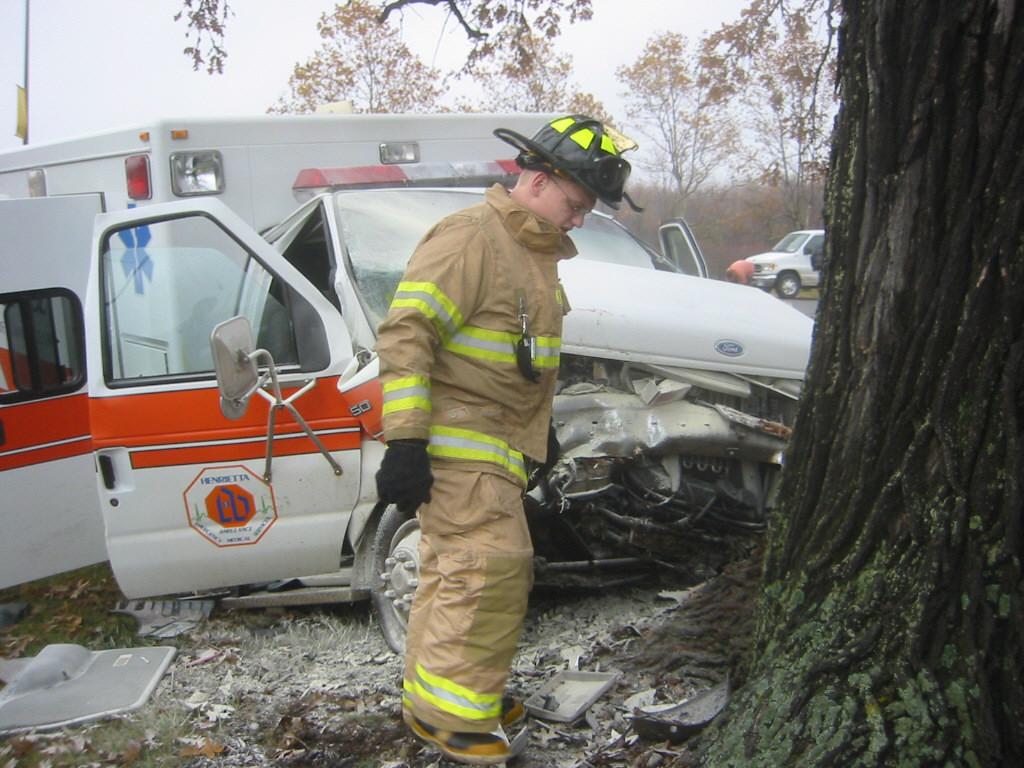
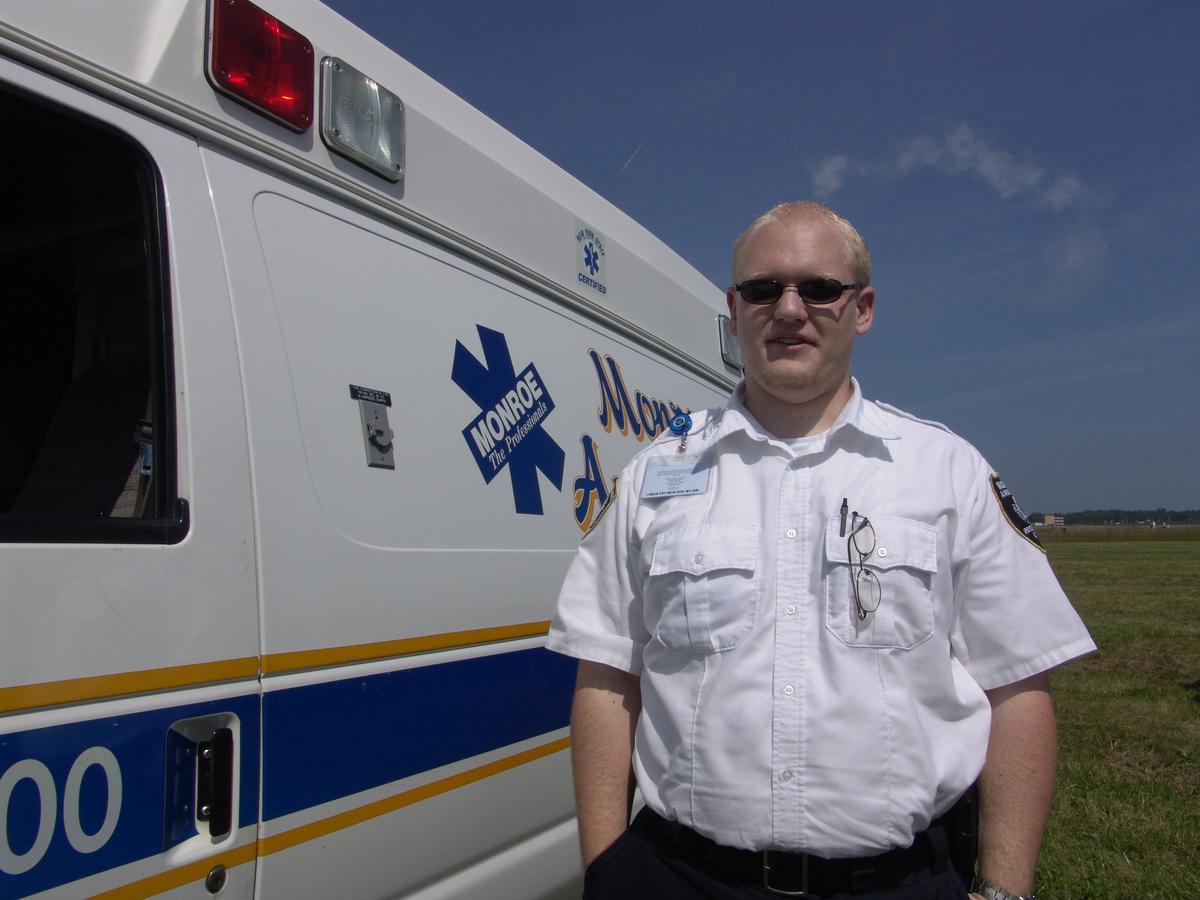


BACKGROUND
2 Fire agencies (2000-05)
11 Ambulance agencies (2001-10)
- Lieutenant
- Training Director
- Communications Director
- Medical Command Officer
- Health & Safety Officer
- EMT Trainer
- Driver Trainer
- Dispatcher Trainer
- Lieutenant
- Training Director
- Communications Director
- Medical Command Officer
- Health & Safety Officer
- EMT Trainer
- Driver Trainer
- Dispatcher Trainer
Types of CERTIFICATIONS
- Driver
- CPR, EVOC
- Certified First Responder (CFR)
- Stabilization: splits, vitals, bleeding control
- Emergency Medical Technician - Basic (EMT)
- Oxygen, medical/trauma assessments, airway management, assist w/ medications, spinal immobilization
- Advanced Emergency Medical Technician - Intermediate (EMT)
- IVs, advanced airway management

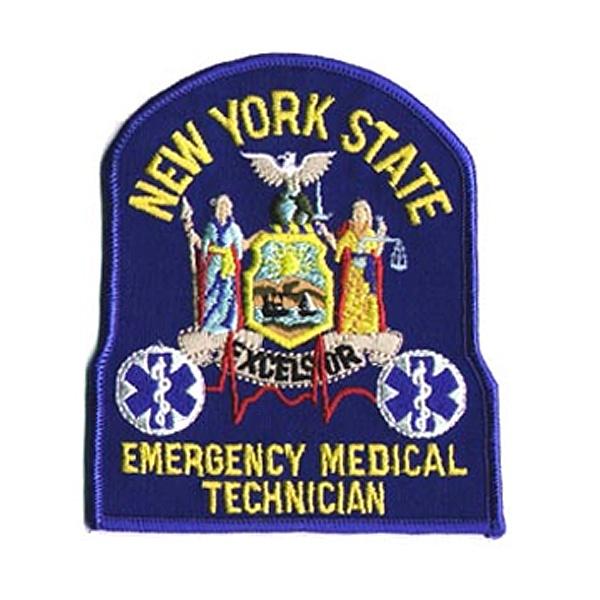
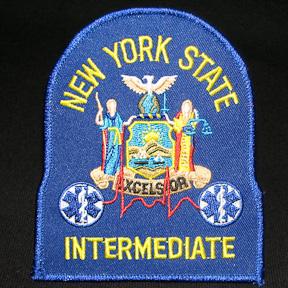
TYPES OF CERTIFICATIONS
Advanced Emergency Medical Technician - Critical Care (Critical Care Tech)
- Paramedic Light, cookbook medicine
- Cardiac monitoring, pharmaceutical administration
- Advanced Emergency Medical Technician - Paramedic (Paramedic)
- Highest pre-hospital level, in charge of scenes
- In-depth anatomy/physiology knowledge means more in-field autonomy
- Surgical procedures, advanced assessments, cardiac monitoring , fluid administration, controlled substances (better drugs)

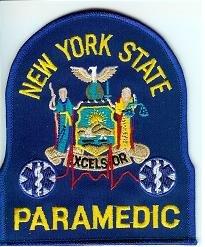
- Paramedic Light, cookbook medicine
- Cardiac monitoring, pharmaceutical administration
- Advanced Emergency Medical Technician - Paramedic (Paramedic)
- Highest pre-hospital level, in charge of scenes
- In-depth anatomy/physiology knowledge means more in-field autonomy
- Surgical procedures, advanced assessments, cardiac monitoring , fluid administration, controlled substances (better drugs)


TRAINING
EMT-Basic
160 hours
1-6 months
EMT-Paramedic
1200 hours
6 months to 2 years
Lectures, Labs, Ride time, Clinical time
ADDITIONAL TRAINING
EMTs
CPR, EVOC, ICS, Hazmat, Bloodborne Pathogens, System-specific in-services
48-hours of CMEs
Paramedics
EMT + ACLS, PALS/PEPP, PHTLS/ITLS
72-hours of CMEs
Medical control
Medical Director
System Protocols
Dedicated physician at the hospital
Types of emergencies
Medical
- Psychiatric
- Neurology
- Cardiology
- Pulmonary
- Endocrinology
- Allergic Reactions
- Gastroenterology
- Hematology
- Urology
- Toxicology
- Gynecology/Obstetrics
- Infectious/Communicable Diseases
TYPES OF EMERGENCIES
TRAuMA
- Hemorrhage
- Shock
- Burns
- Environmental
- Head/Facial
- Spinal
- Thoracic
- Abdominal
- Musculoskeletal
TYPES of EMERGENCIES
-
Neonatal
- Pediatric
- Geriatric
- Abuse/Neglect
- Special Needs
- HazMat
- Mass Casualty Incidents
Equipment
Ambulance
Stretcher
Stethoscope, Blood pressure cuff, O2, Suction
Medications, advanced airways
AED/Heart monitor
Blankets
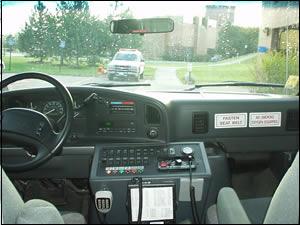
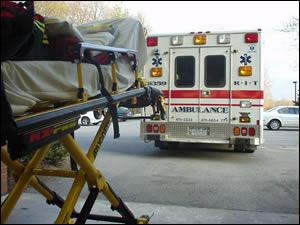
EQUIPMENT
Bandages, restraints
Long board, Short board/KED, Splints
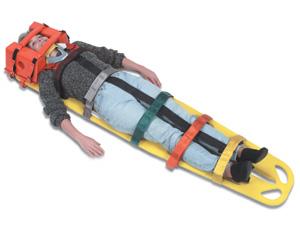
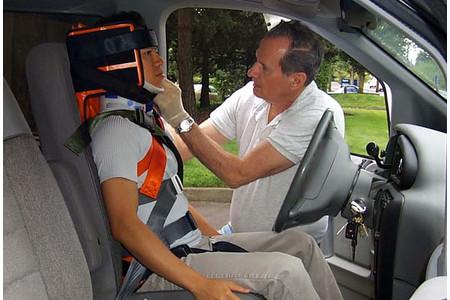
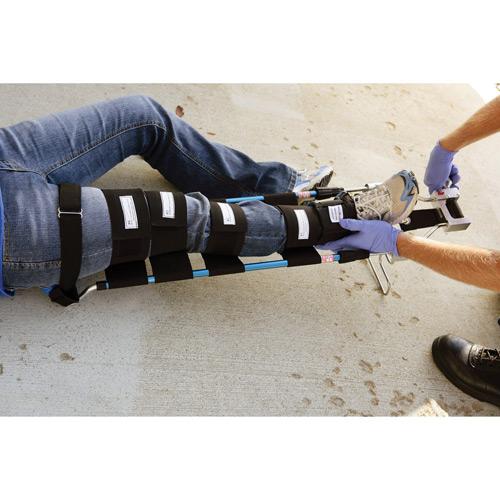
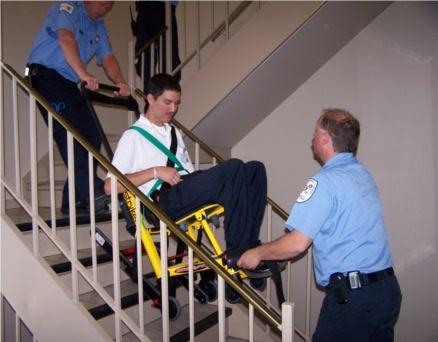
TYpical call
- "On Post"
-
911 Dispatcher requests agency
- Additional resources: Fire, Police, Interpreter
- If available, closest unit responds
- If known threat is secure, proceed to scene
- BSI, determine scene safety
-
Determine mechanism of injury/nature of illness
- Rapid trauma assessment
- Determine number of patients, request resources prn
- Formulate general impression
- Determine level of responsiveness, chief complaint, life threats
TYPICAL CALL
-
ABC's
- Determine transport priority
- Gather history of event (OPQRSTI)
- Gather medical history (SAMPLE)
- Focused assessment of affected system
- Vitals
- Interventions
- Medical Control?
- Reassessment (3-5 minutes)
- Radio report to hospital
TYPICAL CALL
- Wait.
- Vitals
- Triage report
- Transfer to bed
- Clean up, restock
- Documentation
- Go on another call before you can finish any or all
- Attempt to eat
PROBLEMS
- High stress
- Desensitized, difficult to vent, CISM
- High risk
- Low pay
- Multiple jobs, typical to work 60+ hours/week
- Odd hours
- Lift injuries
- High burnout rate
- Management/Administration, Nurses, leave
- Continuous training
- Fire Department
- Ambulance drivers
STrengths
People, places, problems
- Supportive
- Venting, coping
- Camaraderie
- Develops critical thinking
- Launchpad
MYTHS
- Flatline is shockable
- Double-tap the door
- Red lights and siren all the time, everywhere
- Red lights and sirens save time
- Stopping in the middle of the road
- Ambulances get priority in the ER
- Cardiac arrest = heart attack
- CPR always works
- 5-10%
- All calls are true emergencies
- 10%
Emergency medical services
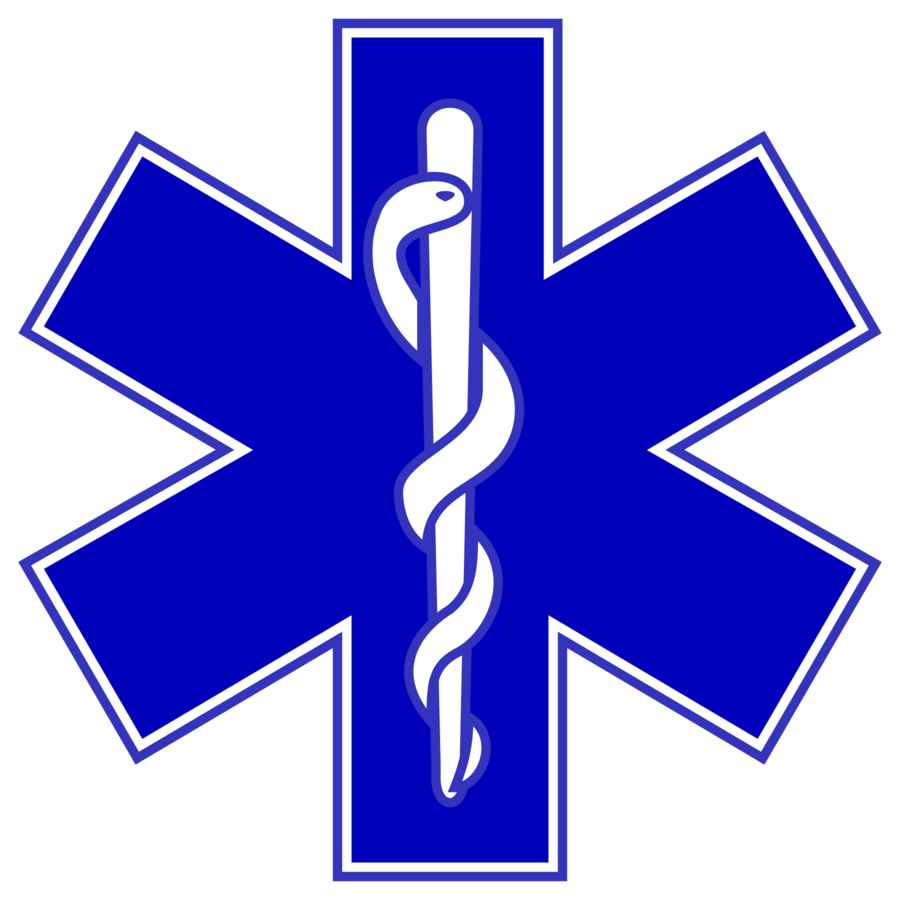
More than just ambulance drivers
deck
By Craig Freeman
deck
- 880



